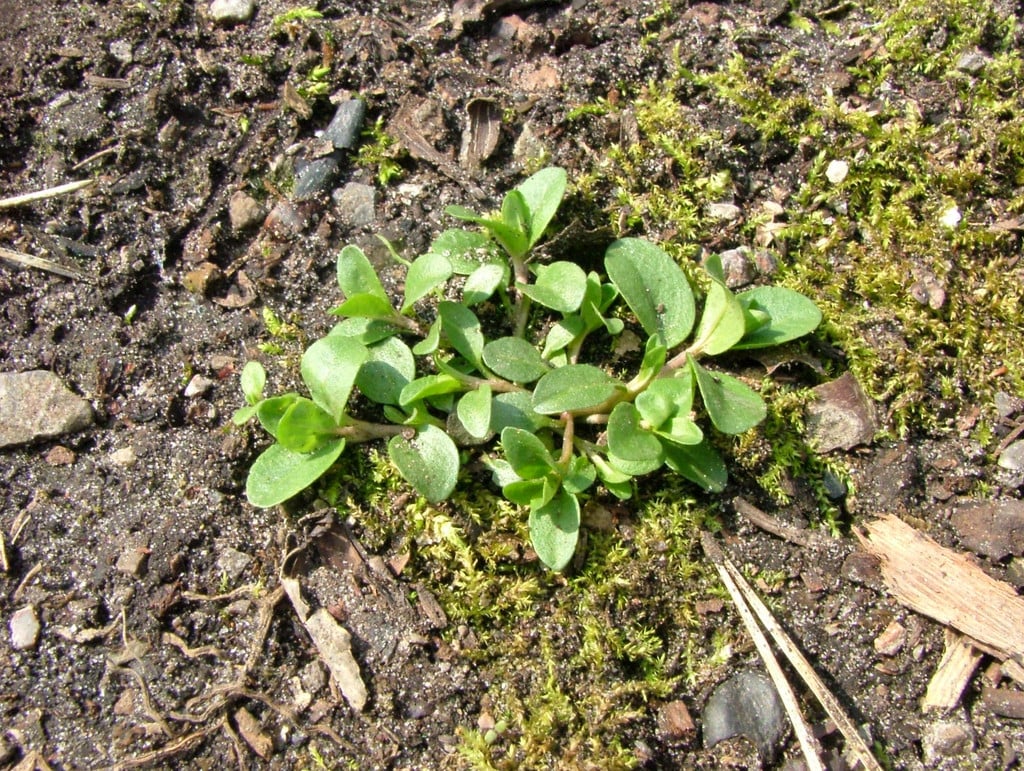Veronica serpyllifolia
thyme-leaved speedwell
A low-growing, creeping perennial no more than 5cm high, with spreading stems and small, oval green leaves that are sometimes slightly toothed. Small pale blue or white flowers with darker blue veins are borne at the upright tips of the stems, from late spring through to early autumn
Size
Ultimate height
Up to 10cmTime to ultimate height
1–2 yearsUltimate spread
0.1–0.5 metresGrowing conditions
Moisture
Moist but well–drainedpH
Acid, Alkaline, NeutralColour & scent
| Stem | Flower | Foliage | Fruit | |
| Spring | White Blue | Green | ||
|---|---|---|---|---|
| Summer | White Blue | Green | ||
| Autumn | White Blue | Green | ||
| Winter |
Position
- Full sun
- Partial shade
Aspect
East–facing or North–facing or South–facing or West–facing
Exposure
Exposed or ShelteredDrought resistance
Yes Hardiness
H6Botanical details
- Family
- Plantaginaceae
- Native to GB / Ireland
- Yes
- Foliage
- Deciduous
- Habit
- Matforming, Trailing
- Genus
Veronica can be annuals, perennials or sub-shrubs with paired leaves and small flowers usually in terminal or axillary racemes or spikes
- Name status
Correct
How to grow
Cultivation
A native annual that can be found growing in a range of environments including pastures, verges and waste ground. Tolerant of light foot traffic and, with pale blue flowers over a long period, makes a modest contribution to a species-rich lawn. See speedwell for more information
Propagation
Propagate by seed or by division, spreads naturally by rooting at the stem nodes
Suggested planting locations and garden types
- City and courtyard gardens
- Cottage and informal garden
- Wildflower meadow
- Wildlife gardens
Pruning
No pruning required
Pests
May be susceptible to aphids
Diseases
May be susceptible to downy mildews, fungal leaf spot, fungal rot, Phytophthora and sometimes honey fungus
Love gardening
Sign up to receive regular gardening tips, inspiration, offers and more
View our Privacy Policy
Get involved
The Royal Horticultural Society is the UK’s leading gardening charity. We aim to enrich everyone’s life through plants, and make the UK a greener and more beautiful place.

